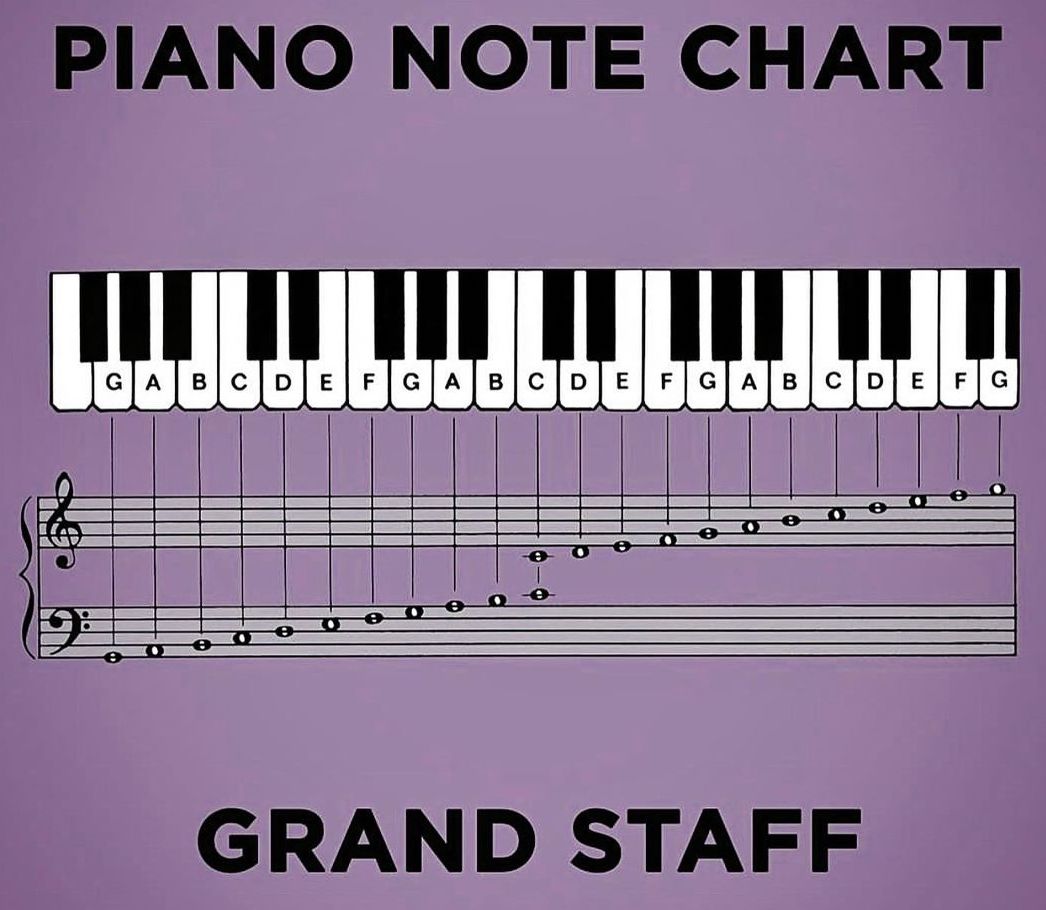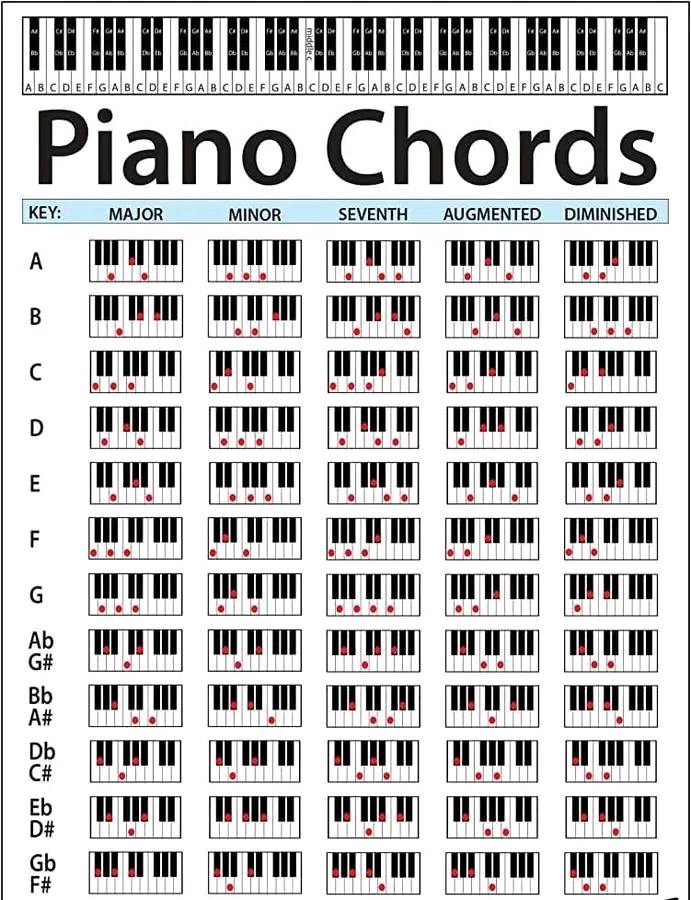
noun: a stringed instrument that is played by depressing keys that cause hammers to strike tuned strings and produce sounds
Suzy Hassem
"Life is like a piano. White keys are happy moments and the black ones are sad moments. Both keys are played together to give us the sweet music called Life." [Suzy Hassem]

Ramsay
G# as it occurs in the scales of A, E, and B major, and A? as it occurs in the scales of F and B? minor, are only distant the apotome minor, and are well represented by one key of the piano. It is only G# as it occurs in the scale of F six sharps major, and A? as it occurs in the scale of E six flats minor, that is not represented on the piano. These two extreme notes F# and E? minor are at the distance of fifteenth fifths and a minor third from each other. This supplies notes for 13 major and 13 minor mathematical scales; but as this is not required for our musical world of twelve scales, so these far-distant G# and A? are not required. The piano is only responsible for the amount of tempering which twelve fifths require, and that is never more than one comma and the apotome minor. [Scientific Basis and Build of Music, page 80]
The difference between B# and C? is the apotome minor - a very small difference - and this can only occur in the mathematical scales. In tempered scales, such as are played on the piano, one key serves equally well for both. Although seven sharps may be employed, seven black keys are necessary. As F# and G? have the same relation to each other as B# and C?, and as B# does not require a black key but is found on a white one, so all the semitonic necessities for twelve tempered scales are fully supplied by 5 black keys, since the white keys are as much semitonic as the black ones. [Scientific Basis and Build of Music, page 80]
There are 32 notes required for each octave for the 13 major and the 13 minor mathematical scales. These 32 notes are by the law of duality arranged symmetrically from D as a center upwards to G#, and downwards to A?. D itself serves for 2 of the 32 on the piano. The first black keys on each side of D serve for nominally 3 notes each = 6. The first white key above and the first below D serve for 2 notes each = 4. The second white key above and the second below serve each for 3 notes = 6. The second black keys above and below D serve each for 3 notes = 6. The third black key above D is G#, the third below is A?; this key, for it is one, serves for 2 of the 32. There is a comma of difference between D minor and D major. Six fifths below the minor D26 2/3 is A?, the root of the subdominant of the key of E? minor; and six fifths above the major D27 is G#, the top of the dominant of F# major. The difference between this minor A? and this major G# is two commas and [Scientific Basis and Build of Music, page 85]

See Also
